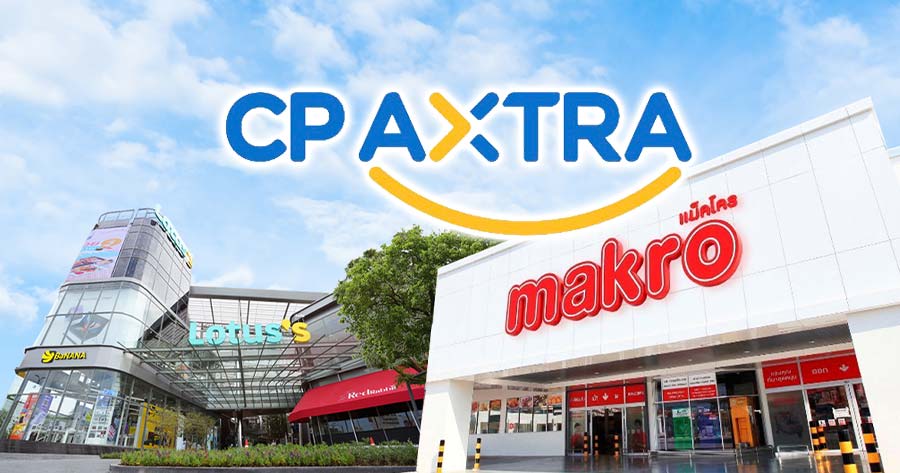Ms. Pattarawan Sookplang, Director of Investor Relations at CP Axtra Public Company Limited (SET: CPAXT), stated that the company’s performance in the second half of the year is likely to surpass its performance in the first half that generated net profit and revenue of THB 4.92 billion, and THB 259 billion, respectively.
The company has been focusing on promoting high quality products with suitable prices as well as healthier choice & environmental-friendly products. Additionally, the company also increases the ratio of Private Label, Exclusive Brand, and Axtra Find products, as well as advancing its ready-to-cook and ready-to-eat meals.
The use of business intelligence and deep analysis systems help CPAXT understand consumers’ behaviours and demands precisely, leading to more accurate responses. The goal of this strategy is to increase the company’s market potential, competitiveness, as well as growth of revenue and gross profit.
The product categories that the company focuses on and currently expands are Ready-to-eat and Ready-to-bake meals, as well as general merchandise, a segment that has strong margin. The company will also expand its organic wellness products in aro Gold brand.
Regarding the revenue from CPAXT’s Same Store Sale Growth (SSSG), the company reported a good recovery due to higher traffic from less rain during the rainy season. The pick up rate in August shows signs of improving than the rate in the first half of the year that was declining.
In the second half of the year, the company plans to open 163 new branches, including two wholesale stores in Thailand and overseas, two large retail shops, two supermarkets, and 157 branches of “Lotus’s Go Fresh”.
As for the three branches in Cambodia, two in Phnom Penh and one in Siem Reap, CPAXT stated that Thailand – Cambodia border conflict is unlikely to affect the company’s business since revenue generated from these stores are less than 1% of the company’s total revenue.
60% of the products in these branches are manufactured by local brands, while the rest came directly from international markets, stored within Cambodia’s warehouse. The ratio of product imported from Thailand is also low, and transportation remains smooth, preventing the occurrence of shortage supply issues.





